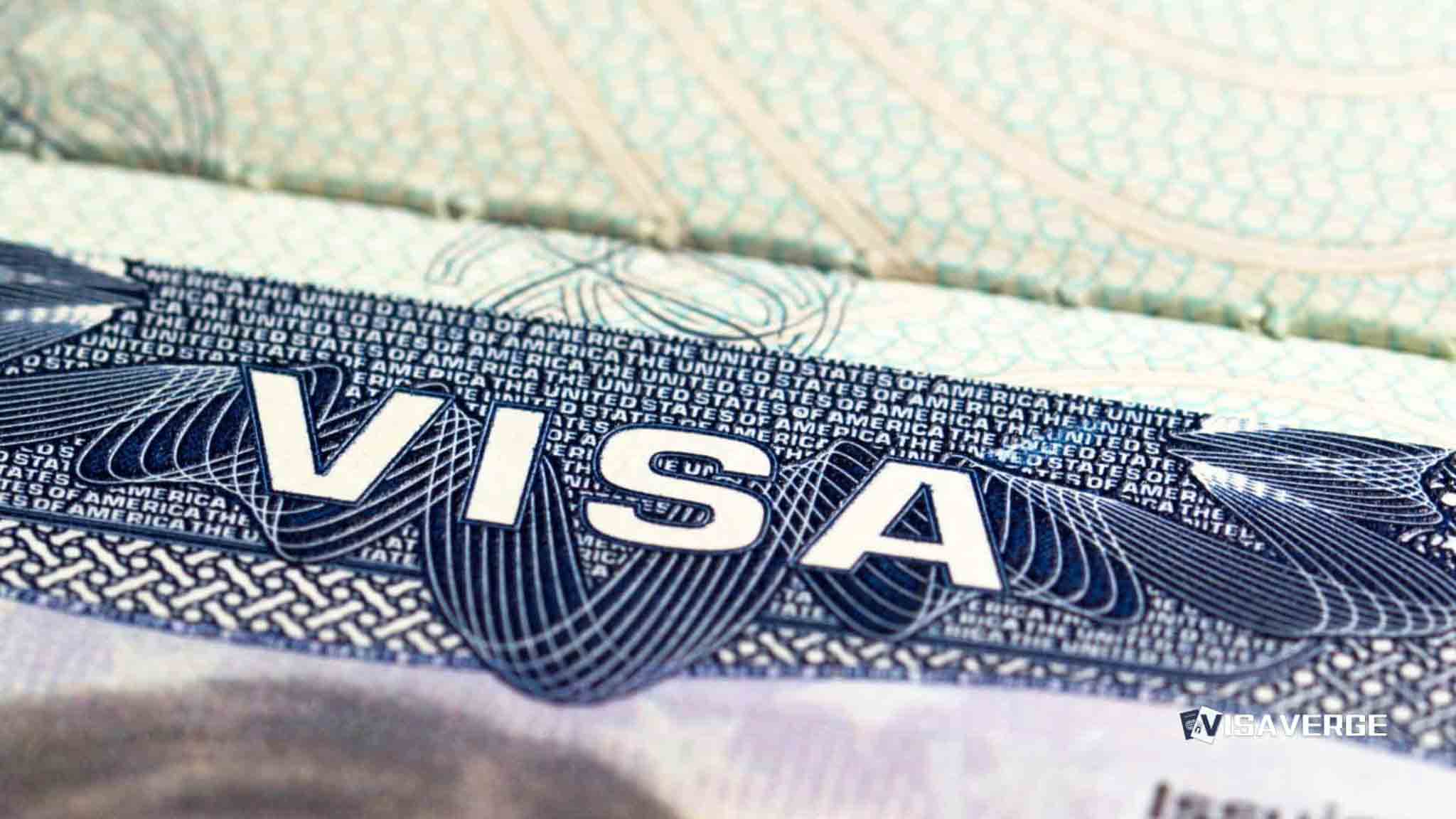(UNITED STATES) President Trump signed a new Presidential Proclamation on September 19, 2025, tightening rules for H-1B visas and adding a $100,000 fee for many new applications. The measure, which took effect on September 21, 2025, limits the issuance of new visas and narrows entry for some H-1B workers—especially those in lower-salary roles and applicants outside the United States 🇺🇸. While the administration once argued there was “not much talent in the U.S.,” the latest move reframes that message by steering the program toward higher-paid positions and stressing the protection of wages in jobs that officials say should go to the best-paid, and presumably most specialized, workers.
Scope and effective date

- The $100,000 fee applies only to new petitions filed after the effective date (September 21, 2025).
- The policy does not change the status of people who already hold H-1B approvals; agencies have emphasized that existing visas and work authorizations are not being cancelled.
- The Department of Homeland Security and allied agencies issued clarifications confirming the focus is on new entrants and future filings.
Key takeaway: the proclamation reshapes future hiring practices rather than revoking current approvals.
Policy goals and mechanisms
The administration’s stated aims include:
- Protecting wages for jobs that officials say should go to the highest-paid and most specialized workers.
- Encouraging employers to offer higher salaries rather than relying on large volumes of mid‑ or entry-level H-1B roles.
Mechanisms used:
- Imposition of a $100,000 fee on many new filings.
- Endorsement of a weighted lottery that favors higher-salary offers.
- Support for the H-1B and L-1 Visa Reform Act of 2025, which would lock in stricter wage floors and tighter recruitment rules if passed.
Immediate impact on employers and hiring
- Technology firms, particularly in Silicon Valley, face direct consequences. U.S. companies have long relied on H-1B workers from India (about 70%) and China (about 10%).
- Industry leaders warn that higher costs and new barriers could:
- Slow hiring
- Push projects or staffing abroad
- Delay projects with tight deadlines or niche skill requirements
Potential employer responses:
- Shift hiring away from entry-level H-1B candidates toward higher-paid specialists or domestic graduates who can be trained quickly.
- Pay the fee selectively for urgently needed specialized engineers or data scientists where the business case is clear.
- Reduce the total number of H-1B filings while maintaining a smaller set of high‑pay hires.
Effects on applicants and timing
- The proclamation chiefly affects new applicants outside the U.S.
- Clarifications from agencies stress the fee and added barriers target future filings, not current approvals.
- Immigration lawyers note:
- Workers with approved petitions issued before September 21, 2025 are not pulled back.
- Applicants planning to begin work from abroad next year may face a steep cost hurdle or be forced to delay or seek alternatives.
Legislative context: H-1B and L-1 Visa Reform Act of 2025
- If passed, the H-1B and L-1 Visa Reform Act of 2025 would:
- Harden wage rules
- Upgrade recruitment standards
- Bring increased enforcement pressure on employers relying on large numbers of foreign professionals
- Combined with the weighted lottery and the new fee, legislative action would further limit easy paths to hire lower-paid H-1B workers at scale.
Political and rhetorical framing
- Inside government, officials present the change as a correction rather than a break with past policy.
- The administration now emphasizes wage protection as a proxy for skill and scarcity, shifting away from the prior message that there was “not much talent in the U.S.”
- This explains why:
- The $100,000 fee applies only to new filings.
- There is no attempt to cancel existing visas—policy is aimed at shaping future behavior.
Impact on students, immigrants, and families
- Many graduates from U.S. universities who planned to transition to H-1B visas now face uncertainty about employer sponsorship.
- Recruiters expect:
- Some companies to favor American hires for junior roles
- Sponsorship to be reserved for senior engineers or niche experts whose pay fits weighted priorities
- For families and students planning careers, the changing rules complicate long-term choices in training and location.
Reactions from industry and advocacy groups
- Industry groups:
- Call for measured changes rather than sudden cost spikes
- Argue H-1B supports R&D and benefits the country by combining U.S. talent with top international hires
- Worker advocates:
- Support higher wage standards as a way to protect local salaries and preserve pathways for American graduates
- The policy attempts to balance these views by pricing out lower-paid filings while allowing room for higher-end roles.
Practical guidance and resources
- Employers and workers seeking official guidance can review USCIS resources:
- The H-1B program page: USCIS H-1B specialty occupations resource
- Agencies say the underlying statutory framework remains, and they will continue issuing clarifying notes so filings reflect the new standards.
Likely near-term outcome
- The clearest near-term effect: a smaller pool of new H-1B petitions clustered at the top of the pay scale, aligning with the proclamation and lottery changes that favor higher salaries.
- Whether this becomes a long-term reset depends on:
- How employers adapt hiring plans
- Whether Congress advances the H-1B and L-1 Visa Reform Act of 2025
- For now, the $100,000 fee remains the sharpest lever in the administration’s strategy—intended to force a choice between investing in high‑paid foreign specialists or turning more often to domestic hiring.
This Article in a Nutshell
A Presidential Proclamation signed September 19, 2025 (effective September 21) imposes a $100,000 fee on many new H-1B petitions and narrows entry for lower-paid applicants. The administration emphasizes protecting wages and steering H-1B use toward higher-paid, specialized roles via a weighted lottery and backing the H-1B and L-1 Visa Reform Act of 2025. Existing approvals are unaffected. Employers may reduce filings, favor senior specialists or domestic hires, while applicants abroad face higher costs and delays.













